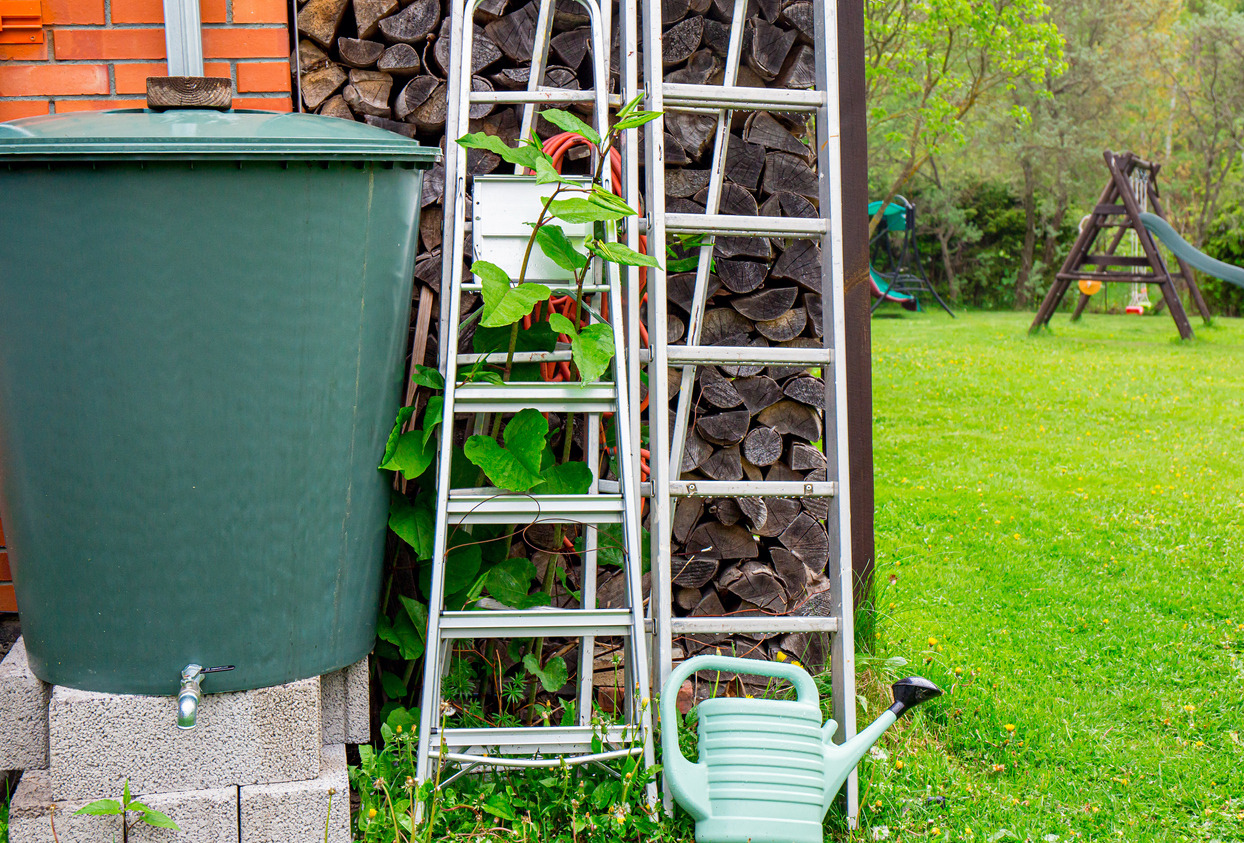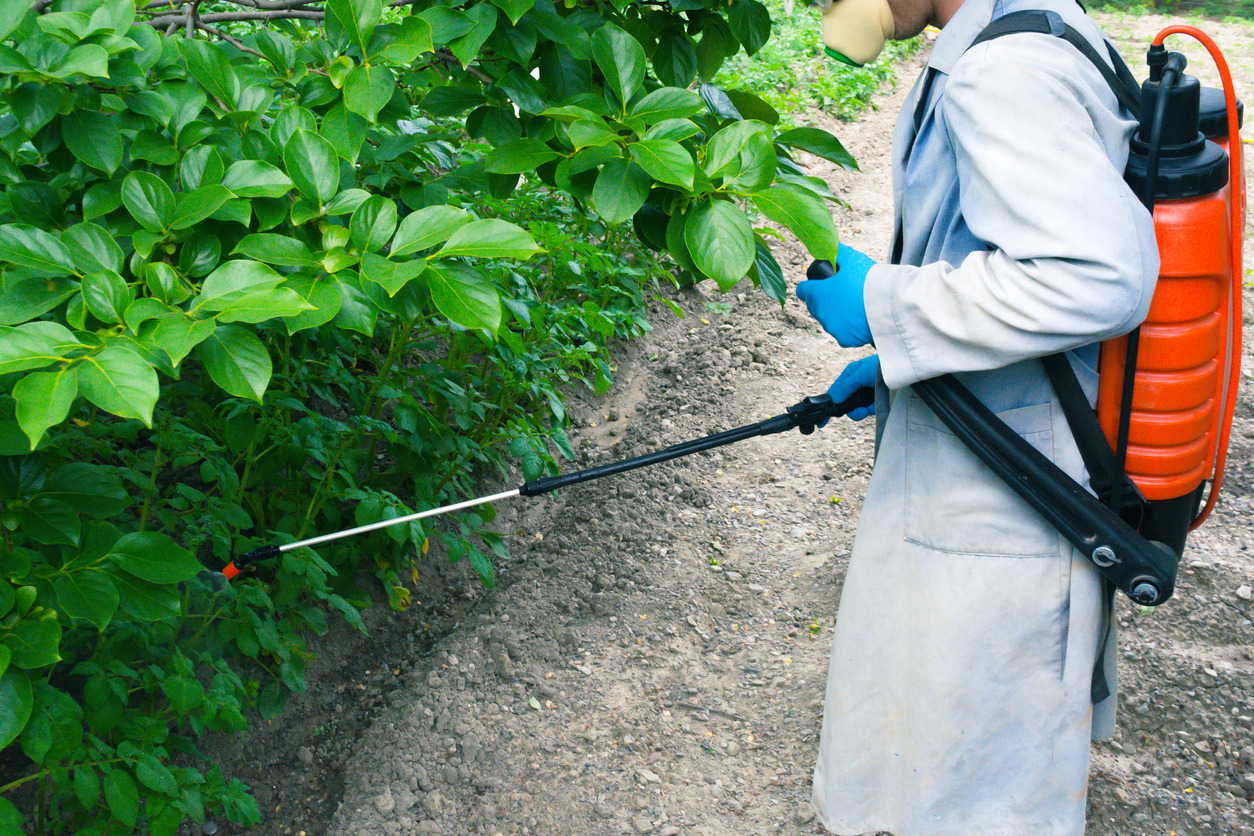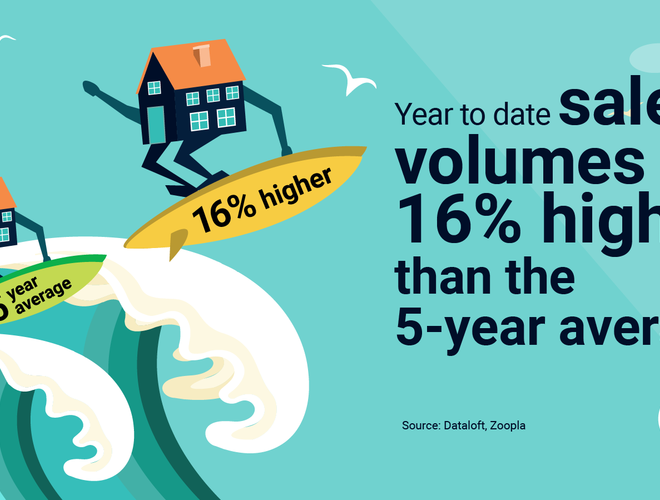Do you know what might be growing at the bottom of your garden? It might be wise to take a look, as a recent UK court case involving Japanese Knotweed cost a seller over £200,000 in legal costs and damages.
The trouble started when the house’s new owner discovered the dreaded plant behind a shed. His successful legal action is a lesson to sellers who fail to report the existence of this invasive shrub. It’s also a timely warning for anyone thinking of buying a house with Japanese Knotweed.

The risk of not reporting Japanese Knotweed
When selling a house with Japanese Knotweed, you are legally obliged to notify the buyer. However, in this case, the seller had failed to report that the plant was growing on the property.
Its presence was only revealed when the new homeowner began to clear the garden and discovered shoots behind a large bush, next to a shed. Because the seller had categorically denied the existence of Japanese Knotweed during the conveyancing process, the buyer took legal action.
So what is Japanese Knotweed, and what steps should you take when buying or selling a house where it grows?

How do I identify Japanese Knotweed?
Japanese Knotweed is a perennial plant similar to bamboo, with heart-shaped green leaves and spikes of creamy white flowers. Sporting the Latin name of Fallopia japonica, it looks and sounds harmless enough: so why is Japanese Knotweed so bad?
The plant grows rapidly and spreads incredibly fast, springing up from underground roots called rhizomes. It's the rhizomes that are the real problem: leave just a fraction of the root in the ground and the plant will shoot up again.
What are the risks of growing Japanese Knotweed?
The plant owes its scary reputation to the belief that its roots can damage property. Therefore Japanese Knotweed is a red flag for mortgages. Most lenders won’t offer finance on affected homes, making them more difficult to buy and sell. Property owners with gardens affected by this stealthy green invader will also find insurers are reluctant to provide cover.
While it’s not actually illegal to grow the plant, letting the rhizomes spread beyond your property’s boundaries can lead to disputes. Allowing Japanese Knotweed to run wild in a neighbour’s garden can be costly, as you will not only be responsible for clearing the roots, but also for any damage caused.
However a 2018 study published by engineering company AECOM and Leeds University questioned the long-held view that Japanese Knotweed presents a greater risk than other plants. Their research – the most recent and extensive investigation to date - found it does not cause significantly more damage than other shrubs and trees.
What’s the cost of removing Japanese Knotweed?
Cost is dependent on the removal methods used and the size of the area to be treated. Checkatrade suggests that the starting cost for herbicidal treatment is about £950 (covering an area of around two square feet). If the roots need to be dug out and safely removed from a site, quotes typically start at around £4,000.

When buying a property with Japanese Knotweed:
The seller should state in the Property Information Form TA6 whether Japanese Knotweed is present at the property. If Japanese Knotweed is noted on the house details, the seller should arrange for removal work to be carried out by a professional eradication company, which can provide a transferable guarantee.

When selling a property with Japanese Knotweed
You are responsible for checking the garden for the presence of this invasive plant (bear in mind that it can die back in winter). On the TA6 form, you are required to fill in as a seller, you will be asked to tick “Yes”, “No” or “Not known” when asked if the plant is growing on your property.
A final word
We would always advise sellers to proactively search for any evidence of Japanese Knotweed and to act quickly if it is discovered.





